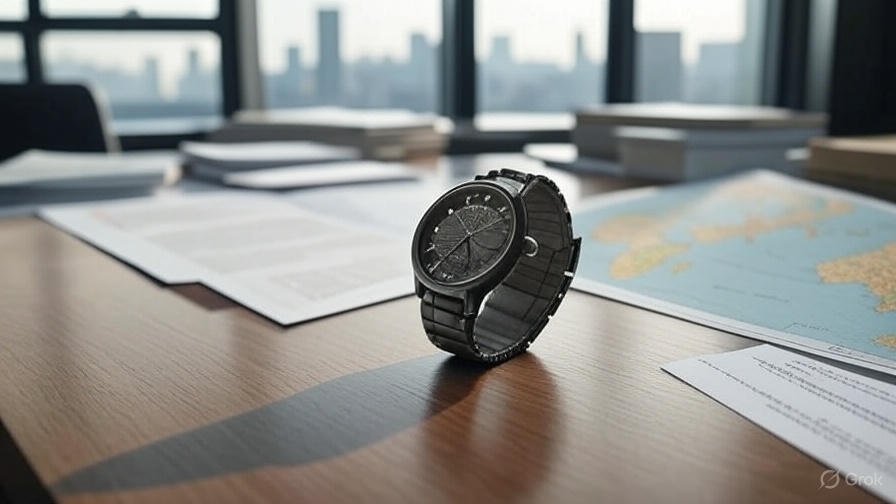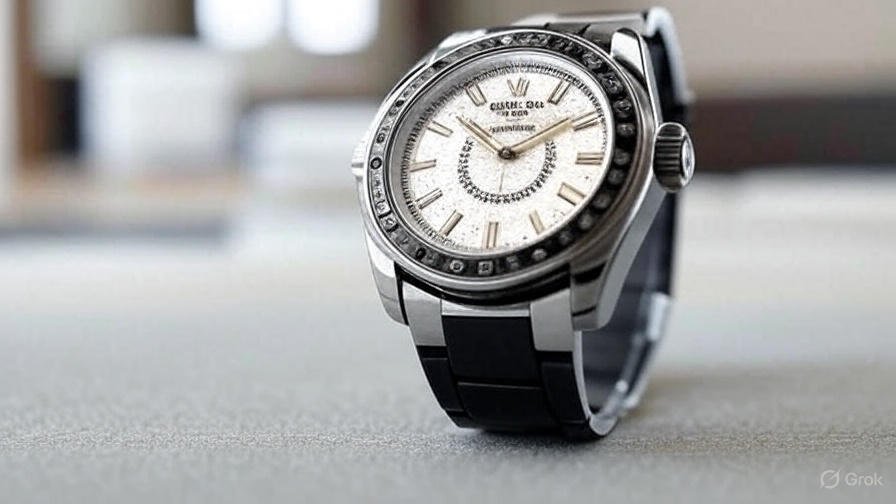The allure of luxury watches—think Rolex, Patek Philippe, or Omega—is undeniable. Their craftsmanship, prestige, and price tags make them symbols of status and style. However, not everyone can afford a $10,000 timepiece, which is where replica watches come into play. These affordable look-alikes mimic the design of high-end brands, often at a fraction of the cost. But a question looms large for consumers: Are replica watches legal? The answer isn’t straightforward and depends on various legal, ethical, and practical factors.
What Are Replica Watches?
Replica watches are timepieces designed to resemble luxury brand watches in appearance and sometimes functionality, but they are not produced by the original manufacturer. They range from low-quality knockoffs sold on street corners to high-end “homage” watches that replicate the aesthetics of luxury models with surprising precision. Some replicas, like those mimicking a richard mille replica, even use quality materials, though they lack the brand’s official endorsement or warranty.
Unlike authentic luxury watches, replicas are often marketed as affordable alternatives. They may carry no branding, a different brand name, or, in some cases, counterfeit logos that mimic the original. This distinction—between replicas and counterfeits—is critical when discussing legality.
The Legal Landscape: Replicas vs. Counterfeits
In most countries, the legality of replica watches hinges on whether they infringe on intellectual property (IP) laws, specifically trademarks, copyrights, and design patents. Let’s break it down:
- Counterfeit Watches: These are replicas that bear the logo, branding, or trademark of a luxury brand without authorization. Selling, purchasing, or distributing counterfeit goods is illegal in most jurisdictions, including the United States, European Union, and many Asian countries. For example, under U.S. law, the Lanham Act prohibits the use of trademarks that could cause consumer confusion. A fake Rolex with the brand’s logo is a clear violation, and penalties can include fines, seizures, or even jail time for large-scale operations.
- Non-Counterfeit Replicas: These are watches that mimic the design of a luxury watch but do not use the brand’s trademarks or logos. For instance, a watch that looks like a Rolex Submariner but carries a different brand name or no branding at all falls into this category. These are generally legal to produce and sell, provided they don’t infringe on patented designs or other IP protections.
The line between legal and illegal can blur when a replica closely mimics a patented design. Luxury watchmakers often patent specific elements, like a unique bezel or dial layout. If a replica copies these patented features, it could still be deemed illegal, even without the brand’s logo.
Global Perspectives on Replica Watches
Laws governing replica watches vary by country, creating a complex global landscape:
- United States: The U.S. Customs Service actively seizes counterfeit goods at borders. In 2024, authorities confiscated over $1 billion in counterfeit luxury goods, including watches. While personal possession of a counterfeit watch for private use is unlikely to lead to prosecution, knowingly buying or selling them can result in legal consequences.
- European Union: The EU has stringent IP laws. In countries like France and Italy, even possessing a counterfeit watch can lead to fines, especially if you’re caught bringing one across borders. For example, French customs officials can impose fines of up to €300,000 or jail time for trafficking counterfeit goods.
- China: As a major hub for replica watch production, China’s enforcement is inconsistent. While the government has cracked down on counterfeit goods in recent years, replica watches remain widely available, especially in online marketplaces.
- Switzerland: Home to many luxury watch brands, Switzerland takes a hard stance against counterfeits. The Swiss Watch Industry Federation actively pursues legal action against counterfeiters, and travelers caught with fakes may face confiscation and fines.
Why People Buy Replica Watches
Despite the legal risks, replica watches remain popular. The primary draw is affordability. A genuine Rolex Daytona might cost $15,000, while a high-quality replica, such as a richard mille replica, could retail for $200-$500. For some, it’s about enjoying the aesthetic without the financial burden. Others see replicas as a way to “test” a design before investing in the real thing.
However, buyers should be aware of the risks. Beyond legal issues, replicas often lack the durability, precision, and resale value of authentic watches. A counterfeit watch may also signal dishonesty or lack of authenticity to peers in professional or social settings.
Ethical Considerations
Beyond legality, there’s an ethical dimension to consider. The luxury watch industry invests heavily in craftsmanship, innovation, and heritage. Counterfeit goods undermine this by profiting off a brand’s reputation without contributing to its legacy. Moreover, some replica manufacturers operate in unregulated environments, raising concerns about labor conditions and environmental impact.
Some argue that non-counterfeit replicas—those that avoid trademark infringement—are a victimless choice. They allow consumers to enjoy a luxury aesthetic without supporting illegal activity. Yet, purists in the watch community view all replicas as detrimental to the industry’s integrity.
How to Spot a Replica
For consumers looking to avoid replicas, spotting a fake requires attention to detail:
- Quality: Authentic luxury watches have flawless finishing, precise engravings, and smooth movements. Replicas often have rough edges, inconsistent fonts, or ticking second hands (luxury watches typically have sweeping movements).
- Documentation: Genuine watches come with certificates of authenticity, serial numbers, and warranties. Lack of these is a red flag.
- Price: If a deal seems too good to be true, it probably is. A $500 “Rolex” is almost certainly a replica.
- Seller Reputation: Authorized dealers or reputable resellers are safer bets than unknown online marketplaces.
Legal Alternatives to Replicas
For those who love the look of luxury watches but can’t afford the price tag, there are legal alternatives:
- Homage Watches: Brands like Pagani Design and Steinhart produce watches inspired by luxury designs but with original branding. These are often high-quality and affordable.
- Pre-Owned Market: Buying a used luxury watch from a reputable dealer can save thousands while ensuring authenticity.
- Entry-Level Luxury: Brands like Longines, Oris, and Tudor offer high-quality watches at more accessible price points.
The Future of Replica Watches
As technology advances, replicas are becoming harder to distinguish from authentic watches. 3D printing and improved manufacturing techniques allow counterfeiters to produce convincing fakes. This has prompted luxury brands to invest in anti-counterfeiting measures, such as blockchain-based authentication and micro-engravings.
Governments and international organizations are also stepping up efforts to combat counterfeit goods. The World Trade Organization and Interpol have launched initiatives to disrupt global counterfeit networks, which could impact the replica watch market.
Conclusion
Are replica watches legal? The answer depends on whether they infringe on intellectual property rights. Counterfeit watches that use a brand’s logo or patented designs are illegal in most countries, carrying risks of fines, seizures, or even criminal charges. Non-counterfeit replicas, which avoid trademarked elements, are generally legal but exist in a gray area ethically and socially.
For consumers, the decision to buy a replica involves weighing affordability against legal, ethical, and quality considerations. With alternatives like homage watches and the pre-owned market, it’s possible to enjoy luxury-inspired timepieces without crossing legal or moral lines. As the watch industry evolves, so too will the debate around replicas, but for now, buyers should proceed with caution and knowledge.
More information please visit GIMKIT.



